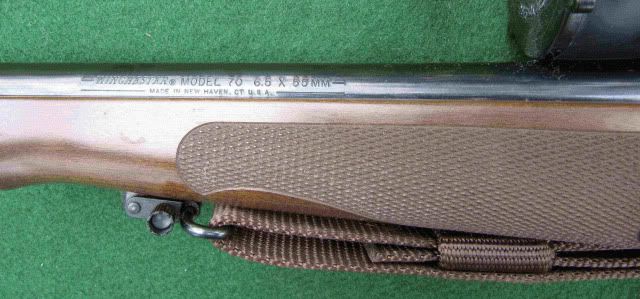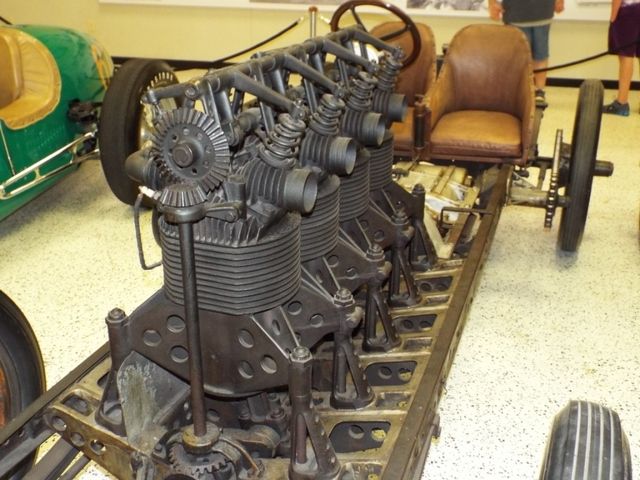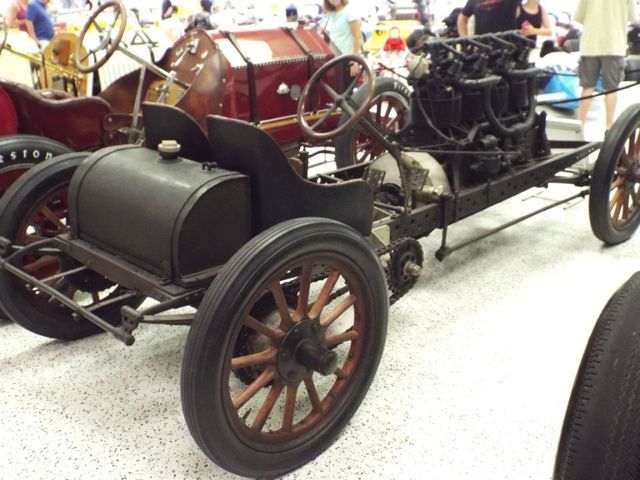Swedish iron was considered some of the best ore, and Swedish guns were well respected. Sure, modern alloys and manufacturing methods are superior, but somehow, the current practice of referring to the old steel as "inferior", while technically correct, just irritates me.
If, 100, or even 50 years from now, someone creates an alloy that is twice as strong and half the weight of our current best, will they call ours "inferior"?
They probably will...
Does anyone remember the "Brick"? The original mobile phone, the Motorola DynaTAC 8000X made by Motorola in 1983, was called the "Brick". Picture of it here:
https://en.wikipedia.org/wiki/Motorola_DynaTAC
I saw Martin Cooper on CSPAN talking about the development, and I am sure he would call the Brick inferior to what is available to consumers today. And go further back, are there any RTO's old enough to remember the PRC-10 or the PRC-25 Radio?
http://www.hardscrabblefarm.com/vn/rto-operator.html ,
http://www.tourofdutyinfo.com/ToDAdvisorwebpages/fieldradio2.html The PRC-25 was a 23 pound chunk of vacuum tube technology. I am not an expert on these old radios nor the SINCGARS,
https://en.wikipedia.org/wiki/SINCGARS, but I am certain there are those whose experience is such, they would consider the PRC-10 inferior to the eight pound RT-1702G .
A good part of the reason I slam old actions and the materials they are made from, is to dispel the foggy romantic views of these things, created by decades of advertizing by Gunwriters shilling for import companies. Who has not read Gunwriter claims of "
Old World Craftsmanship", "
German Technology", "
legendary quality"? Gunsmiths also stoke the demand. These guys want us to use their services and accessories, and so, they also sell the legend to the hopeless romantics. The legend is sold but not the facts. There is no one pushing back against decades of this advertizing propaganda, none of which supportable from a technical viewpoint. Sure old actions are romantic, historic, interesting, but they were made under rudimentary process controls out of inferior materials. Therefore, they have their risks.
In so far as Swedish iron ore being good, it was. By 16th century standards Swedish iron ore was as good as it got. By a fortunate accident of geology, Swedish iron ores were low in phosphorus. Bessemer used Swedish iron ores in his 1850's steel process, and almost went broke when licensee's used iron ore high in phosphorus and their Bessemer steel came out brittle. Chemistry came to Bessemer's rescue in the form of Spiegeleisen.
https://en.wikipedia.org/wiki/Spiegeleisen . Chemistry was not the friend of the Swedish iron industry, because as chemical, metallurgical, knowledge increased, anyone could start out with any iron ore and remove the phosphorus, sulphur, and pretty much, anything else in the ore, except iron.
The historical memory of Swedish iron ore still exists, but now, industry is making better iron from worse ore.
In my own lifetime I have seen the development of knife steels and steel process technology that as a class, make all the commercial knife steels of the 40's, 50's, 60's, 70's, inferior. I have older 440 C knives that have hard spots and soft sections, in the same blade. Despite the romantic views of the knife collectors I have met, modern knife steels take and hold an edge like nothing has done before.
So in 50 years will our steels be considered inferior? Probably, but I won't be here to grumble about the "good old days".






